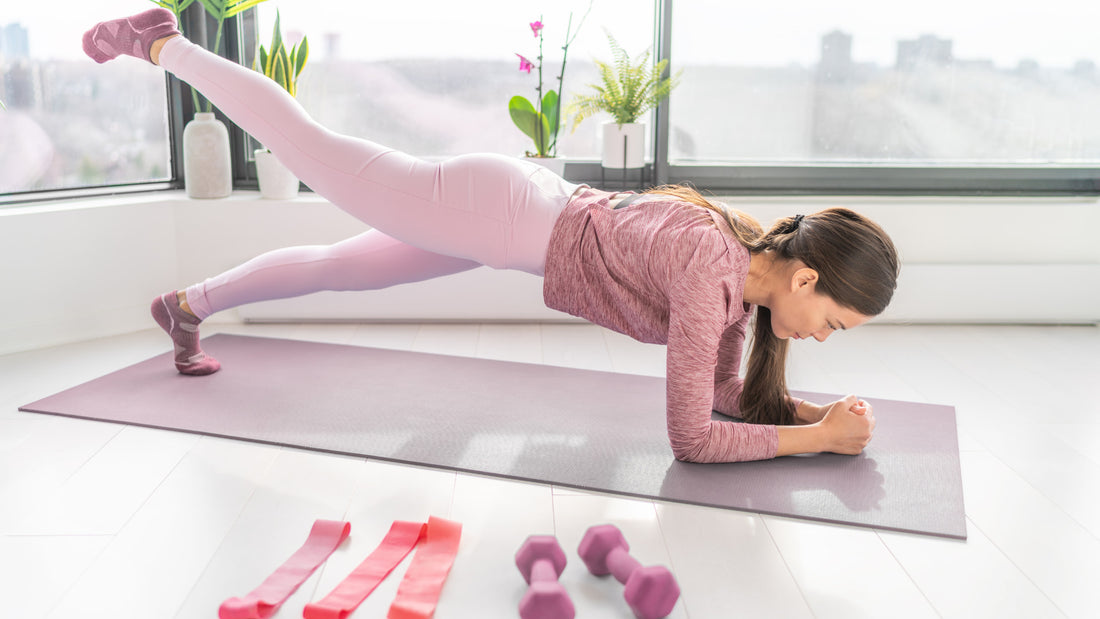You are having a great run, your stride is relaxed and smooth, you feel balanced and at ease until suddenly -- that sore spot where your seam hits your thigh starts to get irritated. It rubs and scratches until it’s all you can think about. Say hello to chafing. Chafing, which is skin irritation that is similar to blisters, is a common occurrence among people who work out.
Causes of chafing
What causes chafing? Chafing is caused by friction -- your skin rubbing against something else such as skin or cloth. Sweat exacerbates the problem by making the skin wet and salty, which will cause the chafed area to sting. Chafing is not serious, but can leave you out of commission for a day or two. If left untreated, it may cause an infection. Learn how to prevent chafing below.
Where chafing strikes
In men, chafing affects the thighs, groin and underarms. Some men can also get “runner’s nipple,” which can bleed (ow!). In women, it can affect those areas as well as under the breasts where the bra sits. Some people get it around their ankles where their skin rubs against their shoes.
How to treat chafing
- Wash: use gentle, unscented soap and warm water to clean the area. Do not use hot water because it will dry out your skin. Keep the area dry.
- Treat: Apply a thin coat of antibacterial ointment to prevent infection.
- Take a break: as much as you may want to continue exercising, you need to give your skin a rest for a day or two. This is one of the most effective ways to heal chafed skin.
Ways to prevent chafing
- Protect your skin: use petroleum jelly or talcum powder to coat your skin before you workout. This will add a layer of protection so your skin can rub against itself or clothing with minimal irritation.
- Drink plenty of water: being dehydrated can make you more prone to chafing.
- Avoid exercising in the rain: if you have a choice, don’t workout on rainy days. Sopping wet skin is just begging for chafe.
- Wear clothes that fit well: loose-fitting clothing will rub against your skin more than clothing that is tight (but not too tight). You want air to flow.
- Wear synthetic fabrics: wear synthetic fabrics that do not absorb moisture in order to prevent groin chafing.
- Wear smart seams: wear clothing that has very few seams, flat seams and minimal stitching.
- Avoid carrying items in your pockets: cell phones and keys will pull on your clothing and cause more friction.
For some people, chafing may seem like a necessary evil while working out. But what if it didn’t have to be? In addition to following the prevention tips above, pro runners and athletes use FlipBelt because it’s designed to stop chafing thanks to its flat seams and piping construction. While other exercise belts will add to your chafing problem, our Classic FlipBelt won’t cause it in the first place.




